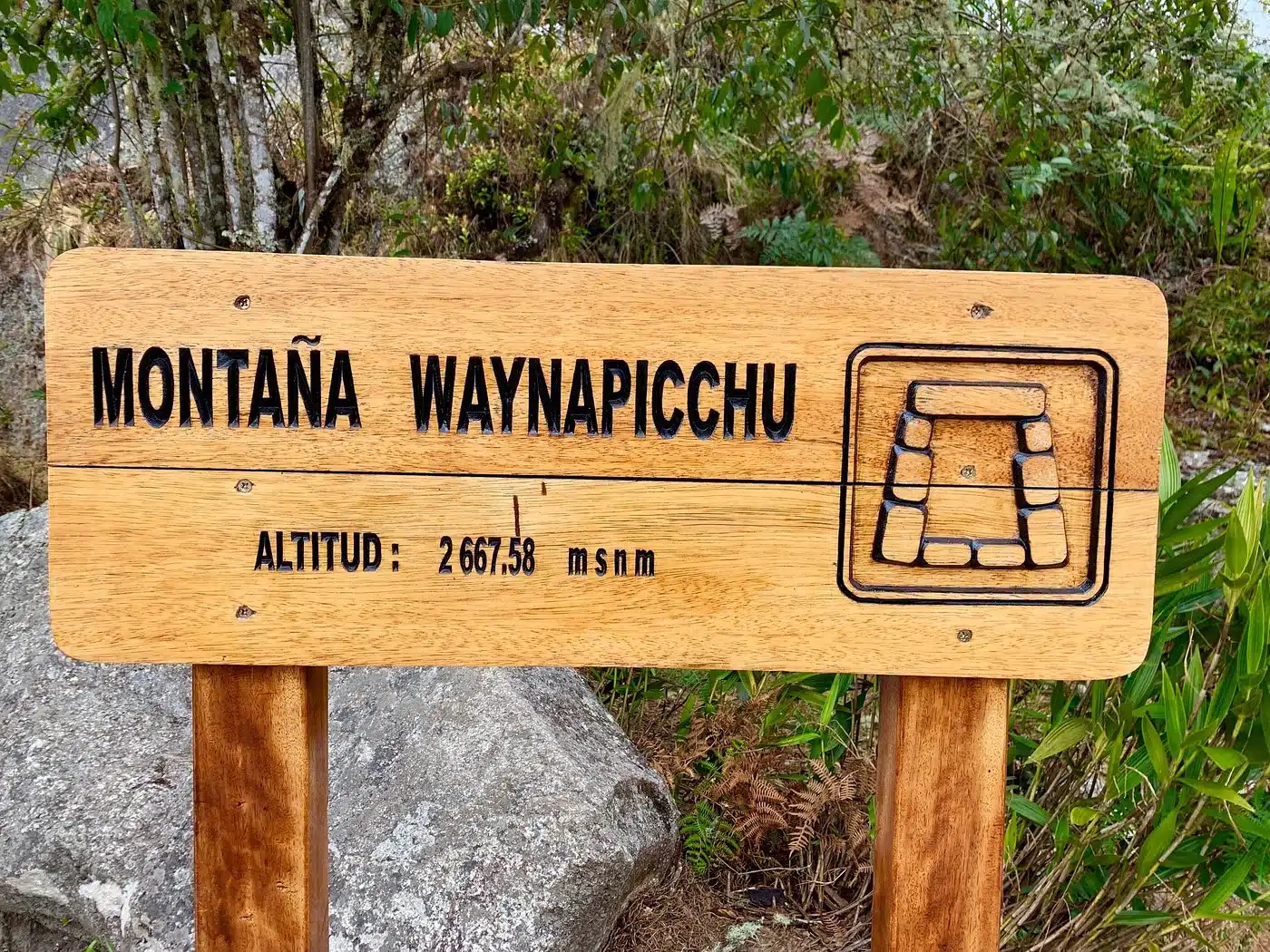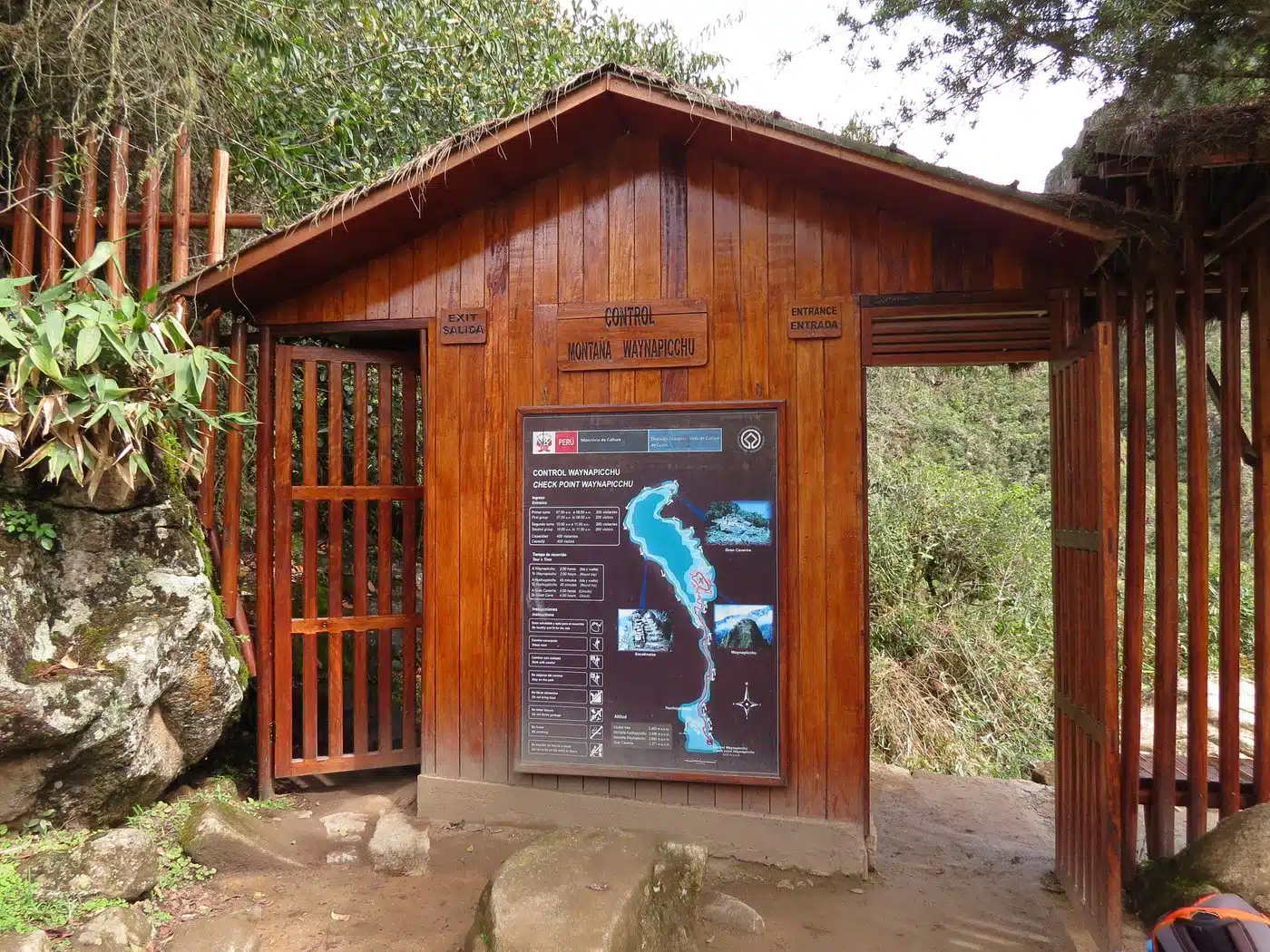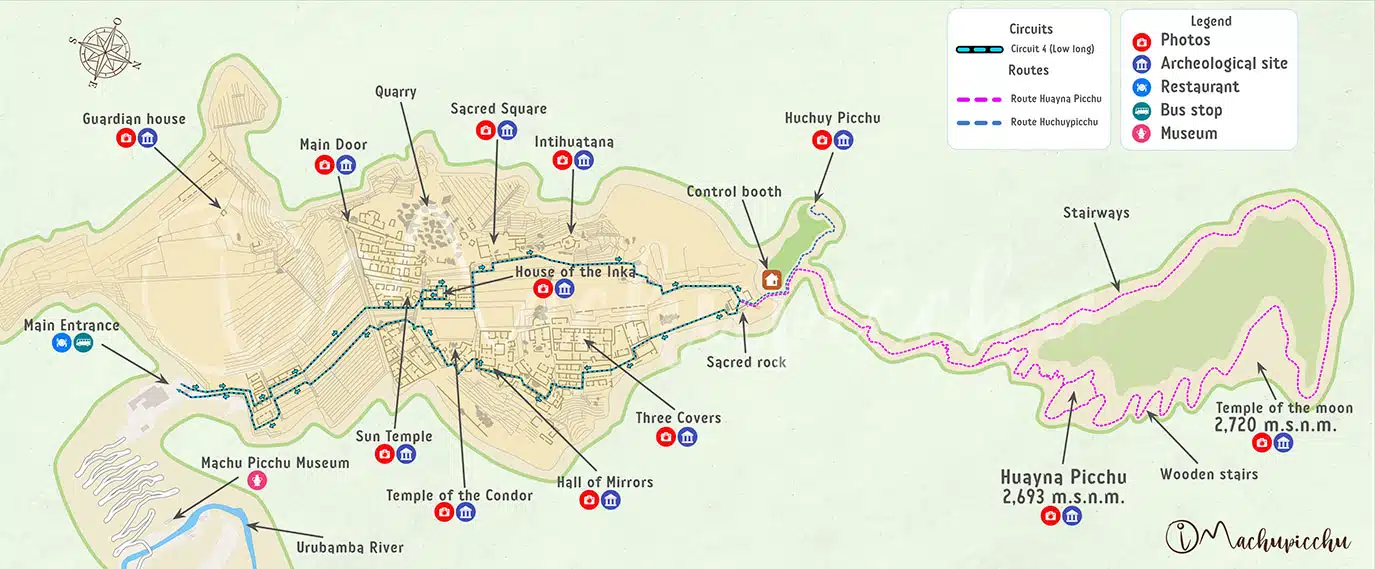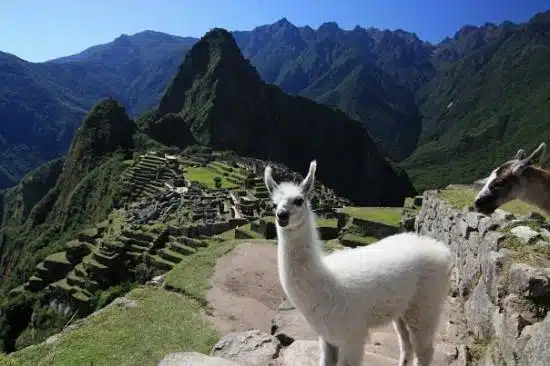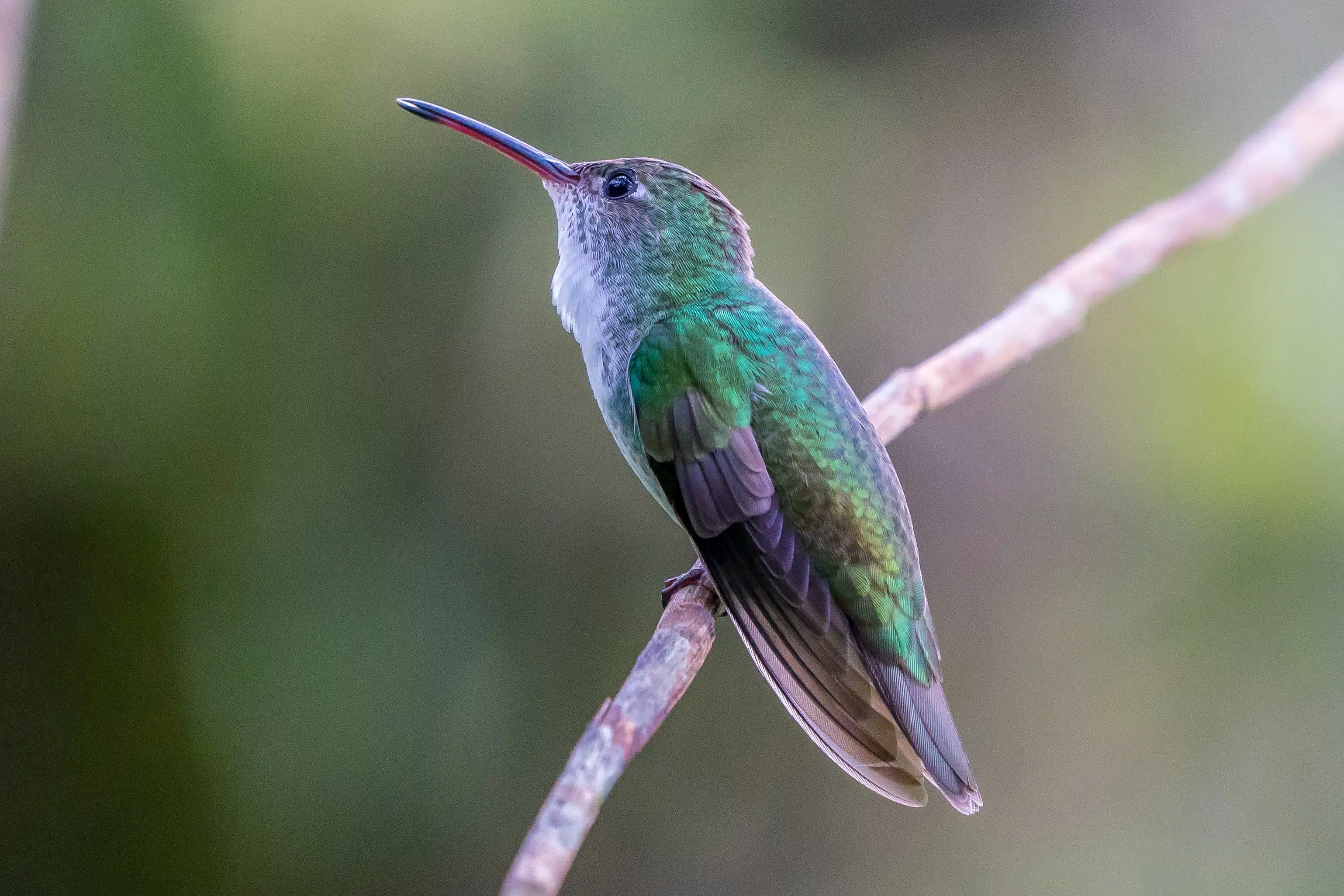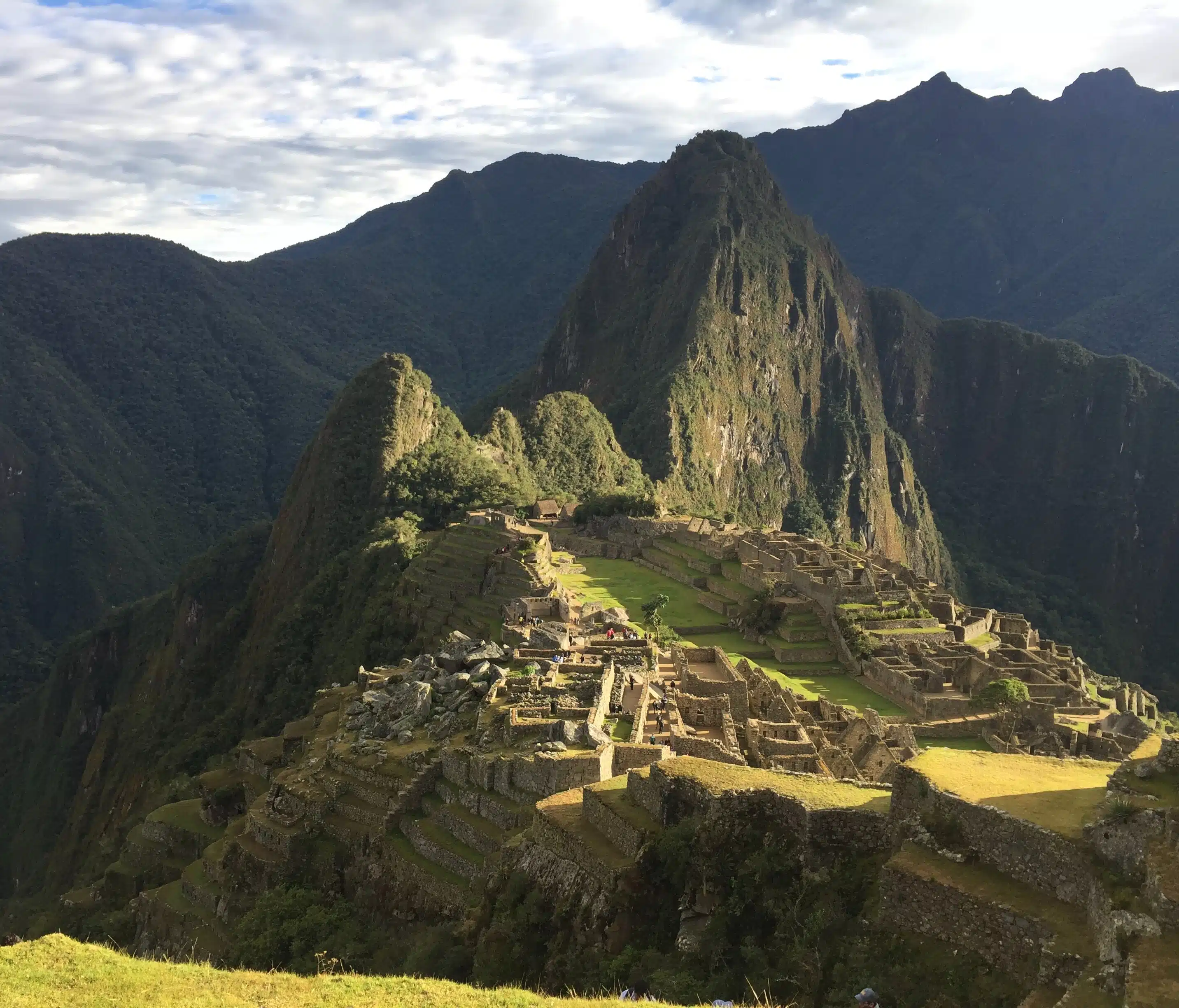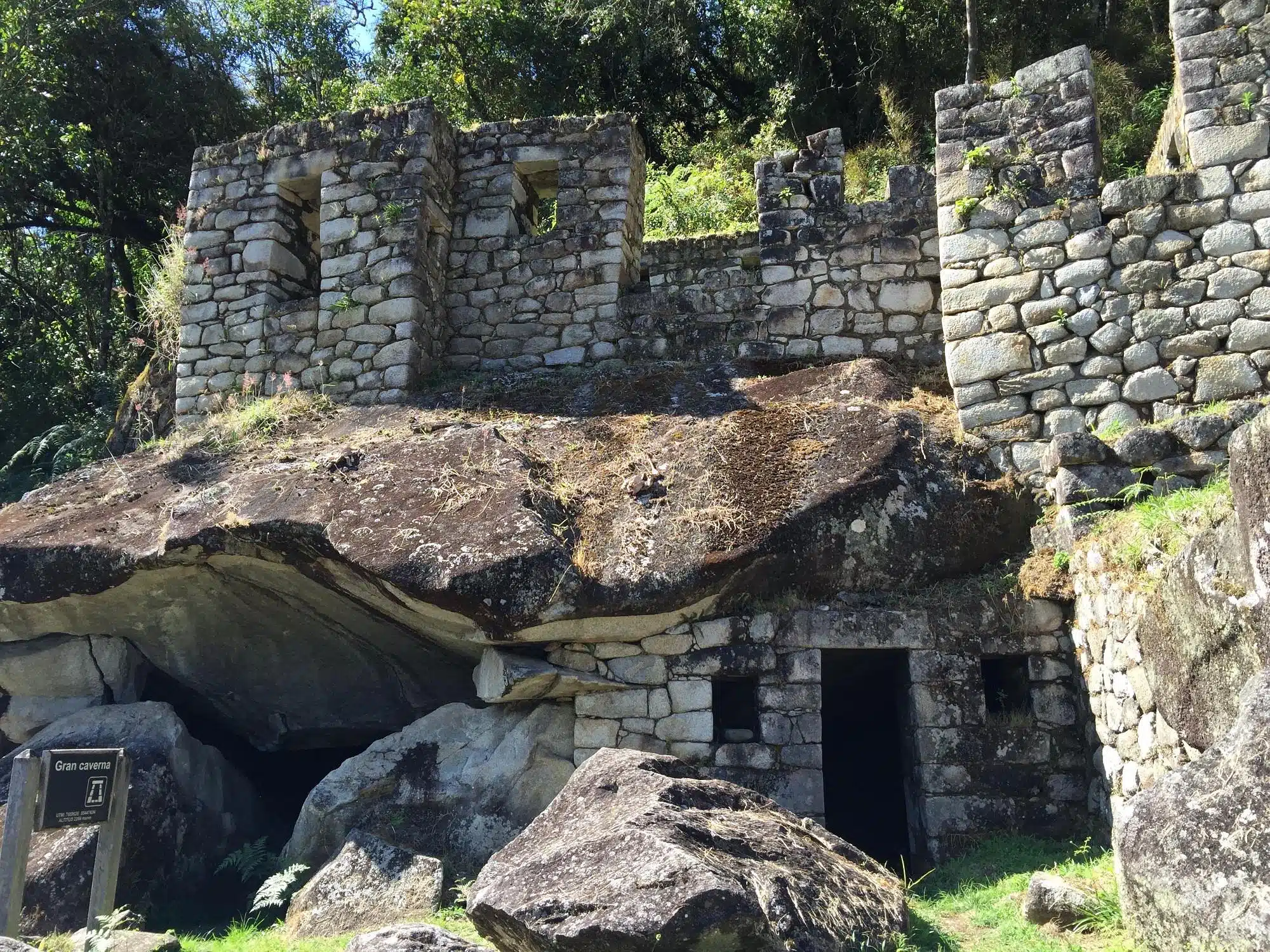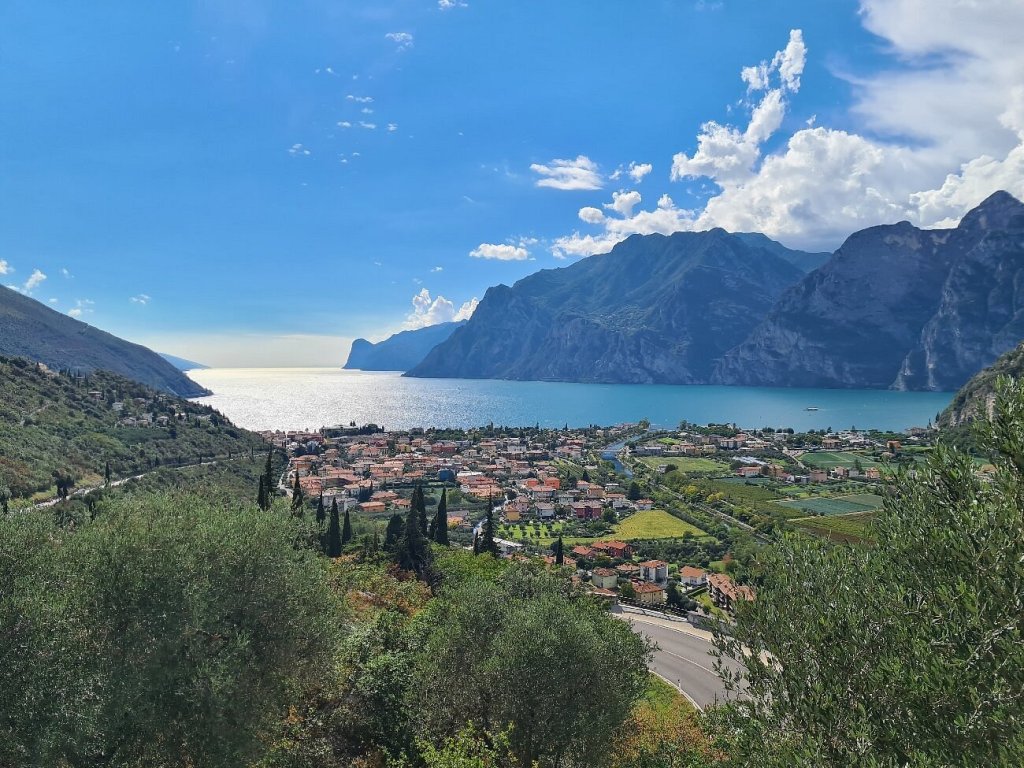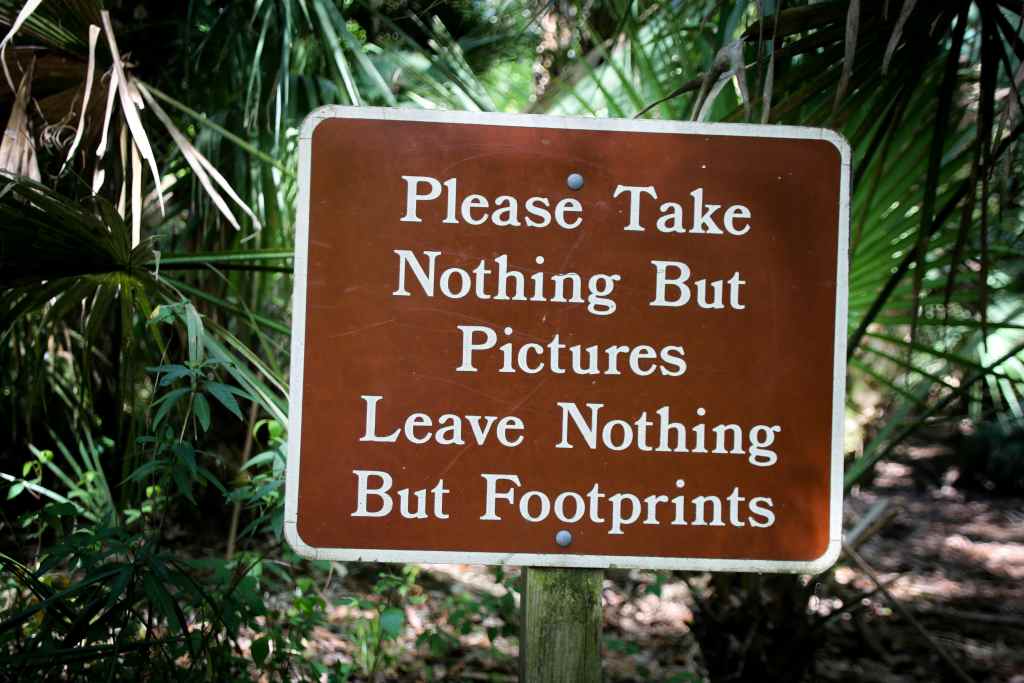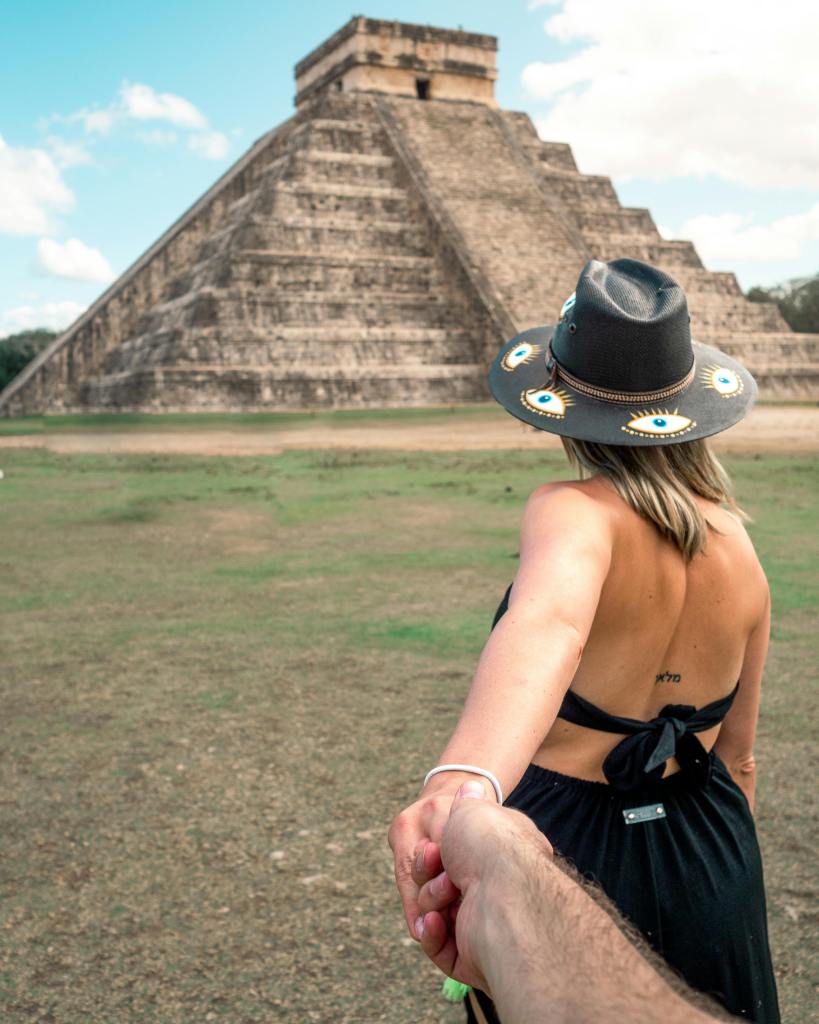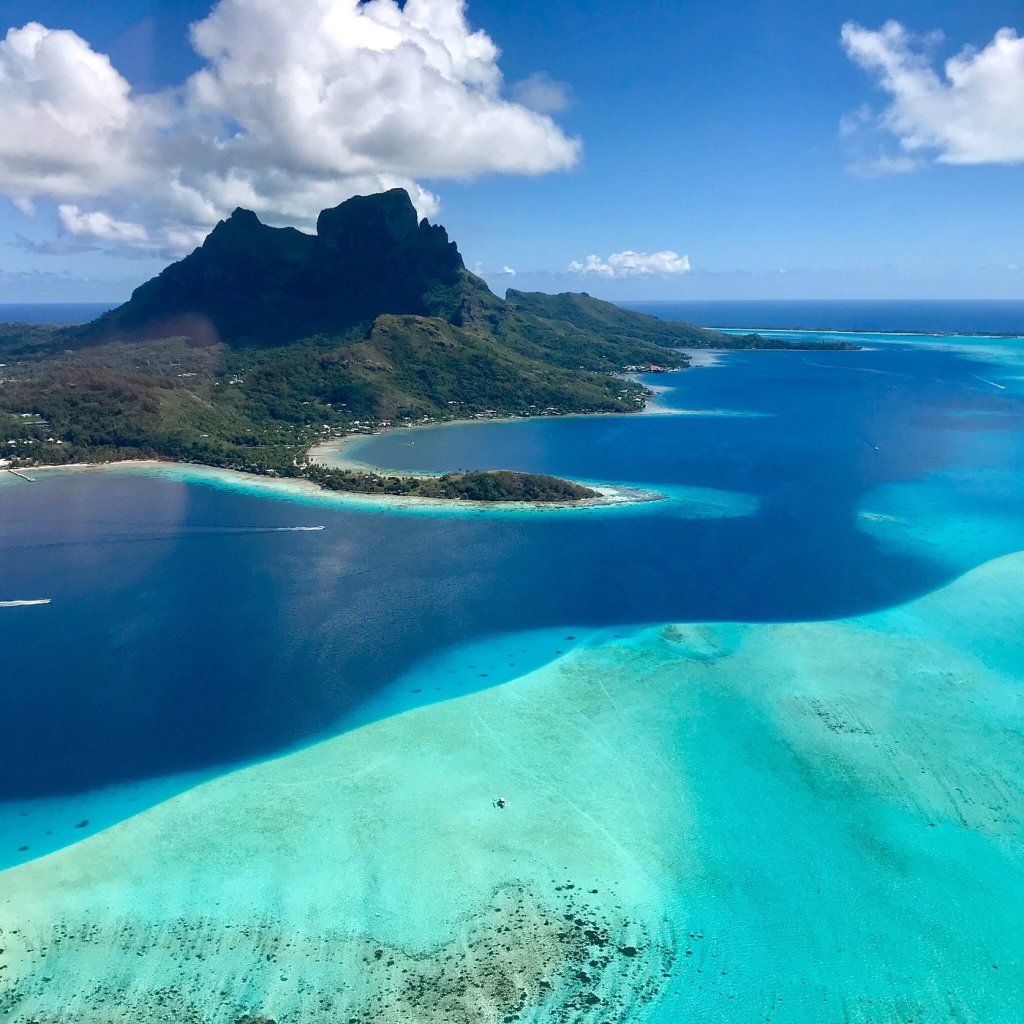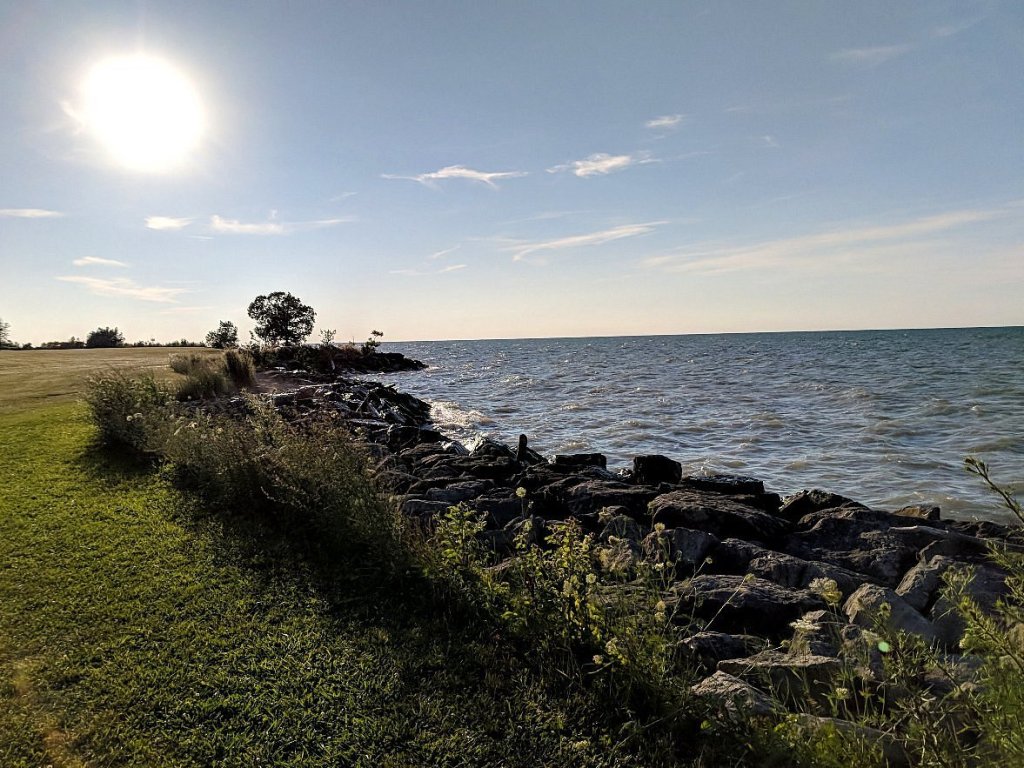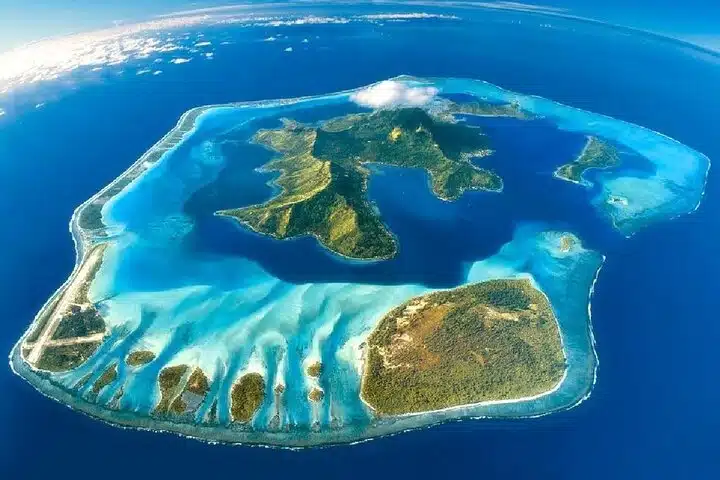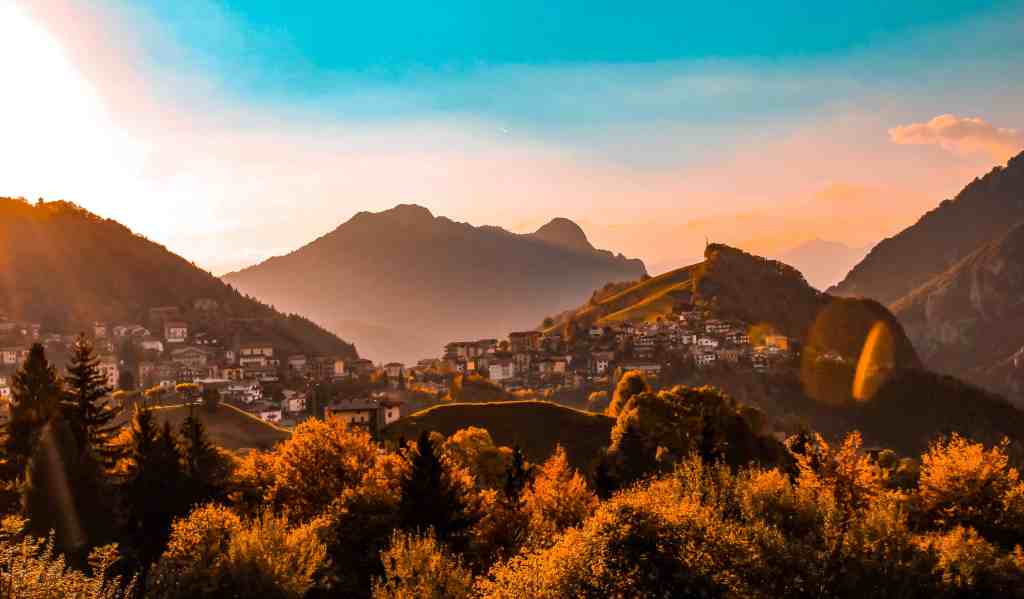Welcome to Peru in South America!
In this blog post, we’ll cover everything you need to know about the ancient Huayna Picchu Mountain.
We will share our experience in the Huayna Picchu hike, how to get there, practical information, and tips to plan the best trip.
Let’s get started!
Overview
ToggleOverview of Huayna Picchu
Huayna Picchu is an amazing mountain right next to Machu Picchu.
The mountain is famous because it has historical significance to the Incas, back in the day, this mountain was used as a watch-out point to check if there was any danger in the valleys nearby.
Today, it stands tall and proud north of the old Inca city. During our visit to Huayna Picchu, we found the hidden cave a highlight of the trip. They call it the Temple of the Moon, the Incas used the moon temple for special ceremonies, we were amazed by the temple and the peak into the traditions we got during the visit.
We climbed Huayna Picchu because we wanted to see Machu Picchu from a different angle. It’s a challenging hike with many steep parts and narrow paths, but totally worth it for the breathtaking panoramic views we got at the top!
How high is Huayna Picchu mountain?
Huayna Picchu’s peak is a height of about 2.693m (9.833 feet), Machu Picchu on the other hand is, 3082m high (10111 feet).
Getting there
Embarking on a journey to Huayna Picchu begins with reaching Machu Picchu itself. The town closest to Machu Picchu is Aguas Calientes town, often used as a base by travelers.
Transportation Options:
Here are the common routes and our recommendations for transportation options to reach Machu Picchu:
Flight to Cusco:
Most international travelers start by flying into Peru’s capital, Lima, and then take a domestic flight to Cusco. The cost of a domestic flight varies but typically ranges from $30 to USD 150.
We were debating if flying would be the best choice at first because it seemed silly to fly for one hour but in the end found it the best option. At the time the ticket was $35 for a one-way ticket and the flight duration was nearly 1.5 hours.
Train to Aguas Calientes: From Cusco, you can take a train to Aguas Calientes. There are two main train companies – PeruRail and Inca Rail. Ticket prices vary depending on the level of comfort and service you choose, ranging from $60 to USD 400 round trip.
Bus/On Foot to Machu Picchu: From Aguas Calientes, you can either take a bus to Machu Picchu or hike along the railway tracks. The bus fare is approximately USD 24 for a round trip.
Huayna Picchu Entrance Schedules
If you are seriously considering a visit to Hyuana Picchu, we recommend buying your tickets long in advance.
The entrance to Huayna Picchu is limited to 200 visitors per day, split into two groups. The chance you will get a ticket on the day or a couple of days before is very unlikely, we booked our tickets 4 months in advance just to ensure we could go hiking on Huayna Picchu.
We booked a combo ticket for Machu Picchu and Huayna Picchu, which cost 200 Peruvian Soles (USD 56) for adults. The Huayna Picchu ticket allows you to visit Machu Picchu only through Circuit 4.
Please remember that Circuit 4 goes down into Machu Picchu’s Lower section; you must also buy a different entry through Circuit 1, and Circuit 2 to explore Machu Picchu.
Please note that these prices are estimates and can change based on various factors, such as time of year, exchange rates, and changes in local pricing policies.
Climb Times for Huayna Picchu – 7am or 10am?
There is a big difference between them. 7 am is a cooler time of the day, specifically during dry seasons when the temperatures can rise very rapidly when the second group leaves for the weekend.
However, it is more likely that there will be fog in the mornings, which completely obscures views from Huayna Picchu.
Nevertheless, the sunrise view in the morning is stunning. The main thing is timing, so that people don’t crowd up.
Why is it difficult to get Huayna Picchu tickets?
There are just 200 tickets available per day for Huayna Picchu, whereas there are 2100 tickets available to Machu Picchu per day making tickets sell quickly as they are really scars if you plan on doing both.
Is it necessary to book in advance to climb Huayna Picchu?
You definitely need to book several months before your visit since only 200 tickets can be reserved and purchased each day.
Trail Options
Huayna Picchu offers two main hiking routes, each providing a unique perspective of the surrounding landscapes and the ancient Inca ruins.
The Short Route: This is the more straightforward of the two routes and takes you directly to the summit of Huayna Picchu. Despite being shorter, it’s still quite challenging due to the steep inclines and narrow pathways.
You’ll need to use both hands and feet in some sections, making it an adventurous climb. The entire round trip usually takes about 2-3 hours, depending on your fitness level.
The Long Route (Via the Great Cavern): Also known as the ‘Route to the Temple of the Moon,’ this trail takes you around the back of the mountain, passing through the Great Cavern which houses the Temple of the Moon.
This route is longer and more physically demanding, but it offers wonderful views of the surrounding valleys and the Urubamba River. Plus, you get to explore the lesser-known Inca ruins in the Great Cavern. The round trip for this route typically takes around 3-4 hours.
Both routes are considered moderately difficult due to the uneven steps, steep ascents, and high altitude.
It’s important to take your time, stay hydrated, and be cautious along the more precarious parts of the trails.
Preparing for the Hike
Hiking Huayna Picchu is an exhilarating experience, but it’s also a physically demanding one. Therefore, it’s crucial to prepare adequately before attempting the hike.
Packing Essentials – Your backpack for the hike should include:
Comfortable Hiking Gear: Wear sturdy hiking boots with good ankle support and non-slip soles. Dress in layers so you can adjust to changing weather conditions. A waterproof jacket can be useful in case of rain.
Travel Bottles: Hydration is key, especially at high altitudes. Bring at least 1.5-2 litres of water per person.
Snacks: Energy bars, dried fruits, and nuts are lightweight but provide a good energy boost.
Sun Protection: The sun can be intense at high altitudes. Bring a hat, sunglasses, and sunscreen with high SPF protection.
Traveler’s First Aid Kit: Include basics like band-aids, antiseptic wipes, and pain relievers. If you’re prone to altitude sickness, consider bringing medication for that as well.
Safety Considerations
Hiking Huayna Picchu is an unforgettable adventure, but like any outdoor activity in a rugged environment, it does come with certain risks.
Steep Trails: The paths leading up Huayna Picchu are steep, narrow, and at times, precariously close to the edge of cliffs. Some sections even require you to use your hands for support. It’s vital to wear sturdy footwear with a good grip to prevent slips and falls.
Altitude Sickness: At nearly 9,000 feet above sea level, Huayna Picchu is high enough to cause altitude sickness in some individuals. Symptoms can include headaches, dizziness, nausea, and shortness of breath.
Dehydration and Heat Exposure: The hike can be physically demanding, and combined with the strong sun at high altitudes, there’s a risk of dehydration and heat-related illnesses.
To ensure a safe and enjoyable hike, consider the following precautions:
Stay Hydrated: Drink plenty of water before, during, and after the hike. Dehydration can exacerbate the effects of altitude sickness and fatigue.
Take Breaks: Don’t rush the hike. Take regular breaks to rest, catch your breath, and enjoy the scenery. This is especially important if you’re feeling the effects of the high altitude.
Follow Trail Markers: The trails are well-marked, so stick to the path. Venturing off the trail not only risks getting lost but also damaging the fragile ecosystem.
Acclimatize: Spend a couple of days at a high altitude location before attempting the hike to allow your body to adjust to the lower oxygen levels.
Listen to Your Body: If you feel unwell, don’t push yourself to continue. Descend immediately if your symptoms don’t improve with rest.
Remember, while reaching the summit is a thrilling accomplishment, the real reward is in the journey itself. Stay safe, respect the mountain, and enjoy the experience.
Hiking Experience
Hiking Huayna Picchu was a truly magical experience. We found the hike to Huayna Picchu quite tough because of the conditions and we were wearing the wrong shoes for this so it was difficult to have a grip during the climb. But the view of Machu Picchu mountain was amazing and we were in awe with the surrounding mountains and lush vegetation.
Landscapes: We saw lush, green slopes of the Andes stretch out in all directions, with the Urubamba River winding its way through the valley below.
At the summit, we had a bird’s-eye view of the iconic Machu Picchu ruins, nestled amidst the surrounding mountain peaks.
Fauna: Huayna Picchu is also teeming with wildlife. Keep your eyes peeled for sightings of the Andean condor soaring overhead or the spectacled bear ambling through the undergrowth. Smaller creatures abound too, from brightly coloured butterflies to hummingbirds darting between flowers.
Summiting Huayna
The final ascent to the summit of Huayna Picchu is known to be the most challenging part of the hike, but also the most rewarding.
This section, often referred to as the “Stairs of Death,” consists of a steep, nearly vertical set of stone steps carved into the mountainside by the Incas centuries ago.
The stairs are narrow and can be a bit intimidating, but safety cables along the side provide support.
As you climb these final steps, the air becomes thinner and the suspense builds. You’re greeted by a large stone at the top, known as the “Throne of the Inca,” which marks the summit.
And then, you see it – the reward for your efforts. Standing at the summit of Huayna Picchu, you are treated to an unparalleled view of the ancient city of Machu Picchu below, nestled within the verdant, cloud-shrouded Andean peaks.
The intricate network of terraces, plazas, and temples of the city unfolds in a spectacular panorama that is nothing short of awe-inspiring.
From this vantage point, you can truly appreciate the architectural mastery of the Incas and the grandeur of their civilization. The Urubamba River snakes its way around the mountain base, accentuating the feeling of height and isolation.
The view from the summit of Huayna Picchu is often described as one of the most breathtaking sights in the world, a fitting reward for the challenging climb.
It’s a moment of serene beauty, a chance to reflect, and an experience that stays with you long after you’ve descended back down the mountain.
Exploring the Surroundings
Within the Machu Picchu complex, there are several other notable attractions that hikers and history enthusiasts should not miss:
Temple of the Moon: This is one of the most fascinating structures within the Great Cavern, located on the far side of Huayna Picchu.
It’s believed to have been a significant ceremonial site for the Incas. The temple features beautifully carved niches and trapezoidal doors, a signature of Inca architecture.
The Great Cavern: Also known as the “Great Cave,” this is an extensive network of natural caves that the Incas converted into habitable and ceremonial spaces.
As you explore the cavern, you’ll find intricate masonry and evidence of the Incas’ remarkable ability to adapt their architecture to the natural environment.
Intihuatana Stone: This carved rock, whose name translates to “Hitching Post of the Sun,” is believed to have been used by the Incas as an astronomical calendar or clock.
Temple of the Sun: One of the most important buildings in Machu Picchu, it’s renowned for its semi-circular construction and the precision of its stonework.
During the winter solstice, the sun shines through one of its windows and aligns perfectly with a sacred stone inside.
Agricultural Terraces: These stepped terraces were used by the Incas for farming and are proof of their advanced agricultural techniques. They also offer a unique perspective on how the Incas shaped the landscape to meet their needs.
Exploring these attractions provides a deeper insight into the rich history and innovative spirit of the Inca civilization.
Each site tells a story of a society that thrived amidst the rugged Andean peaks, leaving behind a legacy that continues to fascinate and inspire visitors from around the world.
Conclusion
It’s a wrap for this blog post!
We hope you have an amazing experience during your Huayna Picchu hike.
Let us know in the comments below if you loved at as much as we did. We are very curious about your experience!
FAQ
What is Machu Picchu’s death of stairs?
Located on Huayna Picchu Mountain the Death stairs are stone stairs built by Inca explorers. The steps have a vertical appearance which makes it quite difficult to get down them. Furthermore, these are located close to cliff-view areas. But even with the title, the town hasn’t died yet.
How many people have died climbing Huayna Picchu?
Many tourists describe the Huayna Picca hike as an incredible experience. However, immediate questions arise regarding death in Huayna Picchu and the dangers on hiking. In the next paragraph you’ll see the fatalities that occur.
Where is it located, and how to get there?
Huaynia Picchu Mountain is located north of Machu Picchu and is accessible from here via walking through Machu Picchu approximately twenty minutes after arriving.
Which is higher? Machu Picchu Mountain or Huayna Picchu?
Machu Picchu mountain rise above Huayna Picchu. It is located about 3,080 m above sea level. Huayna Picchus’ peak rises around 2,693 m above sea level.
Is Huayna Picchu dangerous?
Huayni Picchu isn’t dangerous – just difficult to walk! It might seem intimidating, but there are cables available for assistance. Take caution during rainy times. I like Machu Picchu’s spectacular landscape!
How long does it take to climb Huayna Picchu?
The walk to Huayna Picchu takes about two hours depending upon your fitness level. As soon as you pass the checkpoint on the northwest border to Machu Picchu you will begin a steep 45-minute to 1-hour climb to Huayn Picchu Mountains.
What is the difference between Machu Picchu and Huayna Picchu?
Machu Picchu and Huayna Picchu are two mountainous areas situated opposite the archaeological site in Machu Picchu. They can be explored by walking for a panoramic view of the summit. Huayna Picchu is a high point that appears in most photographs of Machu Picchu Mountain stands on another side.


